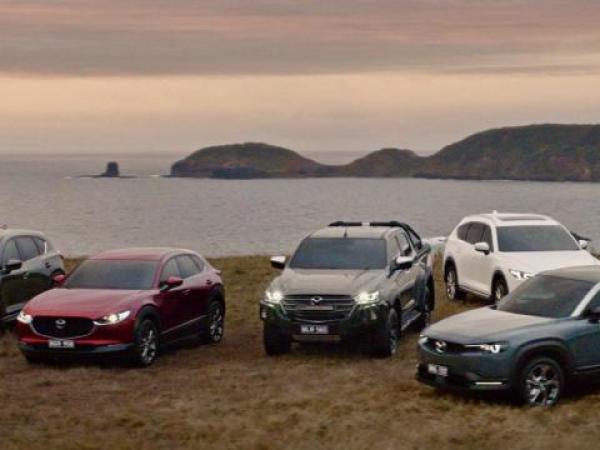AND
he 20th century ends with the dispute between the decline of US imperial hegemony and the emergence of forces favorable to a multipolar world at the center of global political struggle. It was already projected as the central dispute of the new century.
The 21st century accelerates these disputes. First, with the outbreak of the pandemic, which highlights the US’s weakness in dealing with it and China’s much more successful way of dealing with it. What has already been revealed as a factor that accelerates the central confrontation in the new century.
When the pandemic seemed to be the determining factor at the beginning of the 21st century, which would mark the entire century, the war broke out in Ukraine. This has already occurred within the new framework of strategic alliances between Russia and China, which formalized a long process of rapprochement between the two powers. At the same time that the administration of Donald Trump and its aftermath – including the invasion of the Capitol – revealed the crisis of the American political system and the strength of a right wing transformed into an extreme right. A new element weakening the capacity for political hegemony in the world, which has always been proud of its model of democracy.
The third decade of the new century thus projects a new way of cold War. The first was based on the relative balance between the US and the USSR, with the former’s economic and technological superiority, and a military balance between the two powers.
Since the USSR exploded its atomic bomb, a catastrophic balance has been imposed on the US, in which a new world war is no longer possible, since the two powers would mutually destroy each other. In this context arose the cold War.
In it, the conflicts between the two blocs – led by the US and the USSR – were confronted, but in a framework of coexistence, with political pacts and differences between them. The crisis in Cuba and the conflicts around Berlin were the moments of greatest risk of an open clash between the blocs. However, within the framework of the catastrophic balance, they found ways to peacefully resolve the conflicts.
In the first cold War The economic superiority of the Western bloc was characteristic, supported by the US, European and Japanese economies, compared to the relative backwardness of the USSR and the countries it led. The US used this to influence the internal situation in the USSR as propaganda for the economic success of capitalism and the temptations of market consumerism.
The combination of these factors, plus the freezing of the internal situation of the USSR, unable to renew itself as an economy and to democratize, led to the internal crisis that led to the end of the USSR. For the first time, a great power in history almost collapsed from within, without being defeated in a war.
The disappearance of the USSR and the socialist camp has returned the world to a period of unipolar world hegemony, under the leadership of the United States, which had not existed since the British power of the 19th century.
But this scenario did not last long. The transformations in Russia under Putin and the advances in China soon imposed a new situation. The new one cold War it is very different. The US is weaker and the alternative forces, in favor of a multipolar world, grouped in the BRICS, have a growing force.
The China-Russia strategic agreement occurs in parallel with a weakening of US hegemony over its field. In the Ukraine war, France and Germany were tempted to take their own initiatives, not trusting Biden’s hesitant role in coordinating the imperialist camp.
Compared to the strength he had in the first cold WarWhether in the political, economic, technological and even military fields, the US is clearly weaker. In the Ukraine crisis, even US military superiority turned out to be relative, as Russia’s initiative and audacity neutralized its ability to act.
At the same time, the eventual victories of Lula and Petro could shape a stronger and more coordinated Latin America than ever before, strengthening the BRICS and the emergence of a multipolar world.
The new one cold War It will thus be very different from the first, less stable in the balance of forces between the two blocs, with a tendency towards the strengthening of the emerging forces and the decline of the US.
The 21st century will continue to be a century of dispute between the decline of US hegemony and the rise of forces favorable to a multipolar world. But both the pandemic and the war in Ukraine accelerate this dispute, accentuating the favorable outcome for the latter. The fate of the US in the new century becomes an unknown.
Trump’s eventual return to the US presidency could represent a form of coexistence with Putin and China itself or a new form of confrontation, since Trump may realize how the prestige of the US has very important effects electorally as well.
The third decade of the 21st century is decisive for the fate of the world throughout the first half of the century and perhaps even the entire new century. The dispute between the decline of US hegemony and the growing strength of the forces favorable to a multipolar world should lead the world, at the end of this decade, to a different political scenario, with a decisive role for the BRICS.
















